Your vehicle’s suspension system is the unsung hero of every smooth ride, silently absorbing bumps and keeping your wheels grounded. Yet, it’s often overlooked until a problem arises, leading to costly repairs and compromised safety. Understanding how to maintain your suspension doesn’t just extend the life of your vehicle—it transforms every journey into a more comfortable, controlled experience. In this article, we’ll explore the top tips for suspension maintenance, offering practical advice to keep your ride steady and reliable, mile after mile.
Table of Contents
- Understanding the Key Components of Your Suspension System
- Signs Your Suspension Needs Attention and Repair
- Choosing the Right Tools and Materials for Suspension Maintenance
- Step by Step Guide to Inspecting and Cleaning Suspension Parts
- Best Practices for Lubricating Suspension to Maximize Performance
- When to Consult a Professional for Suspension Servicing
- Q&A
- To Conclude
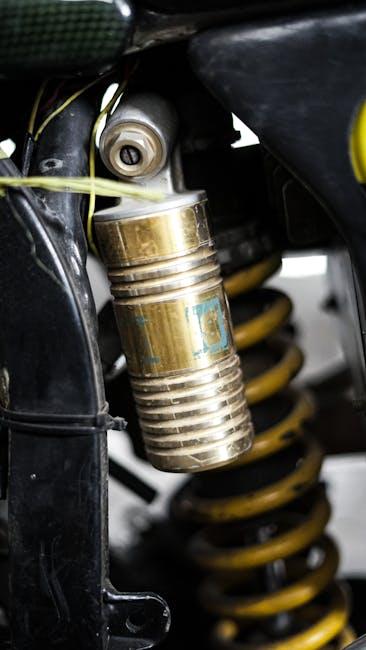
Understanding the Key Components of Your Suspension System
Every vehicle’s smooth ride depends heavily on a few essential parts that make up the suspension system. At its core, shock absorbers and struts are responsible for dampening the impact from bumps and uneven road surfaces, helping your tires maintain contact with the road. Meanwhile, springs—whether coil, leaf, or air—absorb energy from road shocks, supporting the car’s weight and stabilizing your vehicle’s movement during turns and stops. These components work harmoniously to provide balance, comfort, and control, transforming potentially jarring rides into smooth journeys.
Understanding the basic mechanics behind other vital parts is equally important. Elements like control arms and ball joints connect the suspension to the frame, allowing for crucial wheel articulation. The sway bar reduces body roll during cornering, improving handling precision. Keeping these pieces in good condition ensures your vehicle responds accurately and safely to driver input. Below is a quick overview of key suspension parts and their main functions:
| Component | Primary Function |
|---|---|
| Shock Absorbers | Dampen road impact and control spring movement |
| Springs | Absorb shocks and support vehicle weight |
| Control Arms | Connect wheel hub to vehicle frame |
| Ball Joints | Allow pivoting movement of suspension |
| Sway Bar | Reduce body roll during turns |

Signs Your Suspension Needs Attention and Repair
When driving feels less smooth or your vehicle starts reacting unpredictably, it’s often a signal that your suspension system is craving some care. Uneven tire wear, noticeable vibrations through the steering wheel, or a persistent bouncing sensation after you hit a bump are all early warnings. Don’t overlook the telltale creaks, clunks, or rattling noises that might occur when maneuvering corners or driving over rough terrain—your suspension components might be wearing out or becoming loose.
Keeping an eye out for these issues can prevent further damage and ensure safe handling. Here’s a quick checklist to help you spot trouble early:
- Vehicle Pulling to One Side: May indicate suspension misalignment.
- Difficulty Steering: Feeling heavy or unresponsive steering suggests worn suspension parts.
- Visible Fluid Leaks: Shock absorbers leaking oil need prompt replacement.
- Excessive Body Roll: Swaying during turns signals weak or broken components.
- Loose or Damaged Bushings: Can cause unstable driving and odd noises.
| Common Symptoms | Possible Cause | Action |
|---|---|---|
| Excessive Bouncing | Worn Shock Absorbers | Schedule Inspection |
| Uneven Tire Tread | Suspension Misalignment | Get Wheel Alignment |
| Steering Wheel Vibration | Damaged Ball Joints | Replace Components |
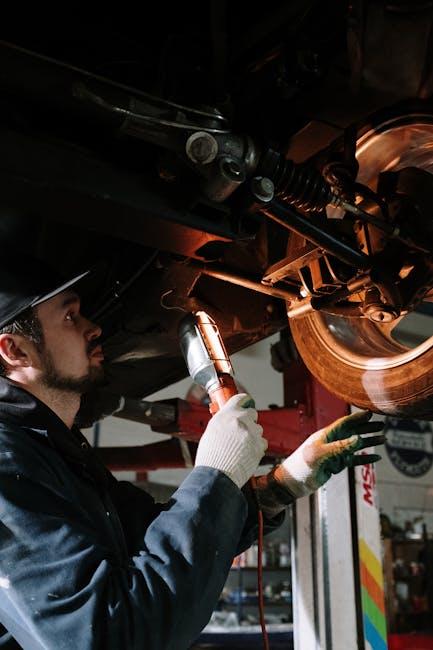
Choosing the Right Tools and Materials for Suspension Maintenance
Maintaining your suspension system requires precision, and that begins with selecting the correct tools and materials tailored to your vehicle’s specifications. You’ll want to invest in high-quality items such as torque wrenches, spring compressors, and shock absorber tools to ensure safety and efficiency. Opting for manufacturer-recommended parts like bushings, seals, and lubricants not only keeps your suspension durable but also prolongs its overall lifespan.
Additionally, keep in mind the importance of proper cleaning and inspection materials. A good set of microfiber cloths, degreasers, and rust preventatives can make your work neat and effective. Below is a handy checklist to help you gather essential supplies before diving into suspension maintenance:
- Torque Wrench – for accurate bolt tightening
- Spring Compressor – for safe spring removal
- Shock Absorber Tools – to handle damping units
- Lubricants and Grease – to reduce friction
- Cleaning Supplies – microfiber cloths and degreasers
- Replacement Bushings & Seals – to restore worn components
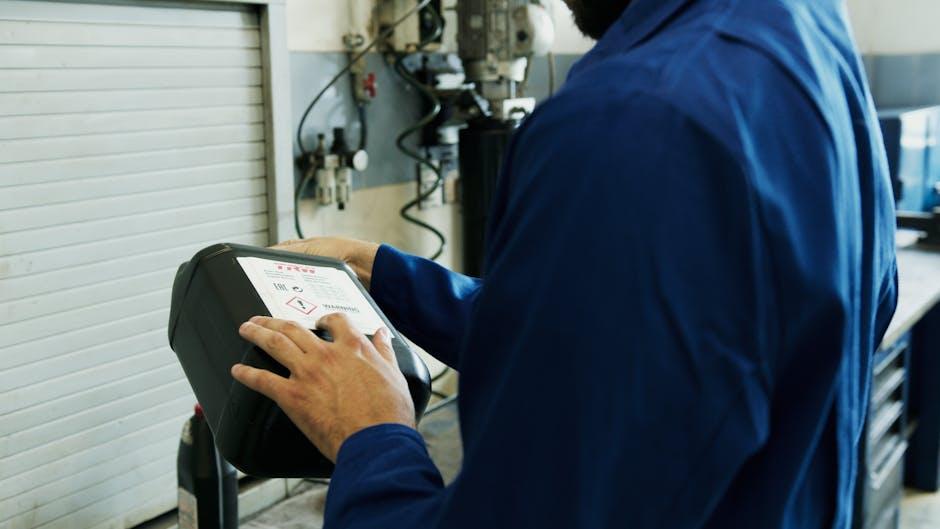
Step by Step Guide to Inspecting and Cleaning Suspension Parts
Start by safely lifting your vehicle and securing it on jack stands to access suspension components with ease. Carefully inspect each part for signs of wear, cracks, leaks, or rust. Pay special attention to bushings, ball joints, shocks, and struts. Use a flashlight to spot hidden damage and gently shake parts to detect looseness or play. Remember, early detection helps prevent costly repairs down the line, so patience and thoroughness here are critical.
Once the inspection is complete, clean the parts systematically using a combination of a stiff brush and a mild degreaser. Avoid harsh chemicals that might damage rubber components or paintwork. After cleaning, dry each area completely before applying protective lubricants or grease where needed. Maintaining a clean suspension not only improves longevity but also ensures smooth vehicle handling. Use this checklist to keep your suspension in top shape:
- Remove dirt and debris with a brush or compressed air
- Clean off grease and grime using a degreaser
- Lubricate moving parts sparingly and according to manufacturer specs
- Check for corrosion and apply a rust inhibitor if needed
| Suspension Part | Key Inspection Point | Cleaning Tip |
|---|---|---|
| Shocks & Struts | Check for oil leaks and piston rod damage | Wipe gently with a damp cloth |
| Ball Joints | Test for excess play or noise | Use a brush for dirt removal only |
| Bushings | Look for cracks or hardening | Avoid solvents; clean with mild soap |
| Control Arms | Inspect for bends or rust spots | Apply rust inhibitor after cleaning |

Best Practices for Lubricating Suspension to Maximize Performance
Maintaining your suspension’s lubrication requires more than just applying oil or grease—it demands precision and consistency. Use high-quality lubricants specifically designed for suspension components, such as synthetic oils or specialized greases that offer long-lasting protection against friction and wear. Regularly check seals and dust boots to ensure contaminants like dirt and water don’t compromise the lubricant’s effectiveness. Over-lubrication can attract debris and cause build-up, while under-lubrication accelerates component wear; therefore, aim for a balanced application to keep your suspension moving smoothly.
To help track optimal lubrication intervals and products, consider the following quick-reference guide:
| Suspension Part | Recommended Lubricant | Lubrication Frequency |
|---|---|---|
| Shock Absorber Bushings | High-performance synthetic grease | Every 6 months |
| Control Arm Joints | Multi-purpose lithium grease | Every 3,000 miles |
| Ball Joints | Graphite-based grease | Every 5,000 miles |
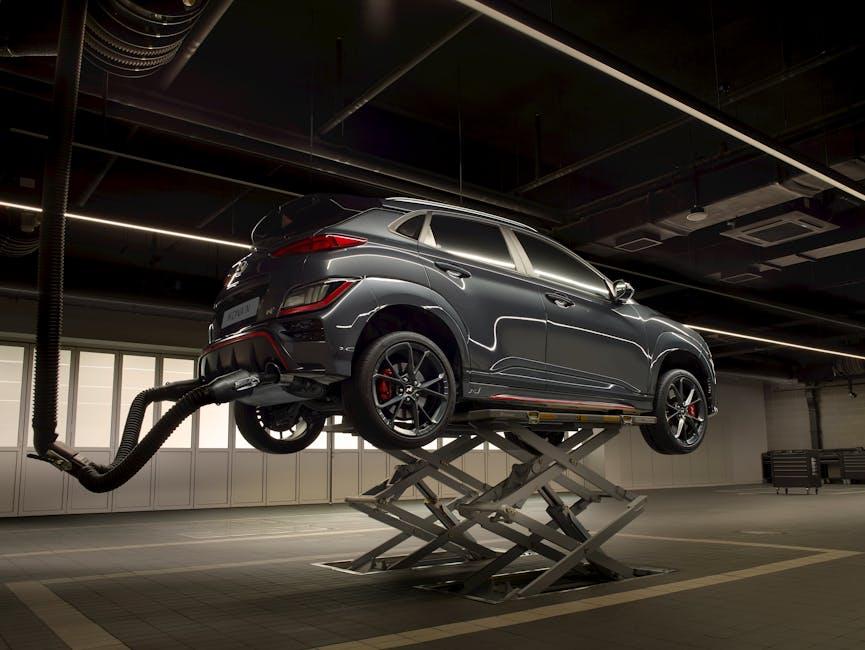
When to Consult a Professional for Suspension Servicing
Knowing when to seek professional help is crucial to avoid costly repairs and ensure your vehicle’s safety. If you notice persistent unusual noises such as clunks, squeaks, or rattles during driving, it’s a clear signal that your suspension system might be compromised. Additionally, if your vehicle pulls to one side, exhibits uneven tire wear, or demonstrates excessive bouncing after hitting bumps, these are red flags that warrant expert attention.
Sometimes, DIY checks aren’t enough as suspension systems are complex and require specialized tools and knowledge. Experts can perform thorough diagnostics and precise repairs, including replacement of worn shocks, struts, or bushings. Below is a quick guide to symptoms that should prompt a professional inspection:
- Steering instability or wobbling at high speeds
- Visible fluid leaks on shocks or struts
- Vehicle sags unevenly when parked
- Brakes feel less responsive or pull to one side
- Warning lights related to suspension or stability control
| Symptom | Possible Cause | Recommended Action |
|---|---|---|
| Uneven tire wear | Worn suspension components | Professional alignment & inspection |
| Bouncing or excessive sway | Faulty shock absorbers | Shock/strut replacement |
| Steering pull | Misaligned or damaged parts | Suspension adjustment |
Q&A
Q1: Why is suspension maintenance important for my vehicle?
A1: Suspension maintenance is crucial because it ensures a smooth, stable ride and helps maintain control over your vehicle. A well-maintained suspension enhances safety by improving braking, steering, and overall handling, while also preventing premature tire wear and costly repairs.
Q2: How often should I have my suspension checked?
A2: It’s advisable to have your suspension inspected at least once a year or every 12,000 miles, whichever comes first. However, if you notice unusual noises, vibrations, or handling issues, schedule an inspection immediately.
Q3: What are common signs that my suspension needs attention?
A3: Watch for symptoms such as excessive bouncing after bumps, uneven tire wear, drifting or pulling to one side while driving, clunking noises over rough roads, and a noticeably harsh or soft ride. These signs often indicate worn shocks, struts, or other suspension components.
Q4: Can I perform any suspension maintenance myself?
A4: While some basic checks like inspecting tire wear patterns and looking for visible leaks or damage are doable at home, most suspension maintenance, including shock absorber replacement and alignment adjustments, requires professional expertise and specialized tools.
Q5: What routine care can help extend the life of my suspension system?
A5: Regularly check and maintain proper tire pressure, avoid overloading your vehicle, drive cautiously over potholes and rough terrain, and get timely wheel alignments. Keeping these habits will reduce wear and tear and prolong suspension component life.
Q6: How do road conditions affect suspension health?
A6: Rough roads, potholes, and frequent off-roading put extra strain on suspension parts, accelerating wear and damage. Driving carefully and avoiding hazardous surfaces can greatly improve suspension durability.
Q7: Why is professional alignment important after suspension repairs?
A7: Proper wheel alignment ensures that tires meet the road at the correct angles, promoting even tire wear and optimal handling. After suspension repairs or replacements, alignment helps restore driving stability and prevents premature component failure.
Q8: Are there different suspension systems requiring specific maintenance?
A8: Yes, vehicles may have traditional coil springs and shock absorbers, air suspension, or adaptive systems. Each type has unique maintenance needs, so it’s best to refer to your manufacturer’s guidelines and consult professionals familiar with your setup.
Q9: What are the risks of neglecting suspension maintenance?
A9: Ignoring suspension issues can lead to poor vehicle control, increased stopping distances, accelerated tire wear, damage to other parts, and ultimately higher repair costs. More importantly, it compromises your safety and that of others on the road.
Q10: Where should I go for reliable suspension service?
A10: Choose certified automotive repair shops with experienced technicians who have access to modern diagnostic tools. Look for providers specializing in suspension systems and with good customer reviews to ensure quality service.
To Conclude
In the world of vehicle care, suspension maintenance often rides quietly in the background—yet it’s the unsung hero of every smooth journey. By embracing these top tips, you’re not just preserving parts; you’re enhancing safety, comfort, and performance mile after mile. Remember, a well-maintained suspension is the bridge between your vehicle and the road’s every twist and turn. So, give it the attention it deserves today, and enjoy the ride tomorrow with confidence and ease.

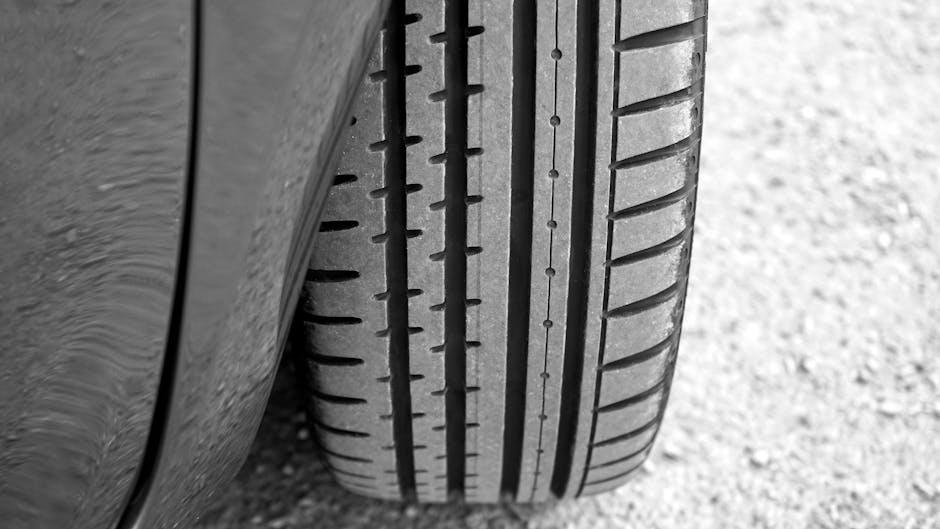
2 Comments
4v06b3
4v06b3